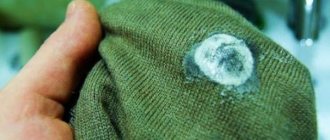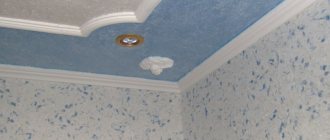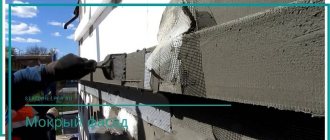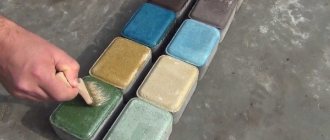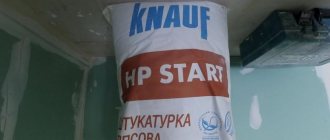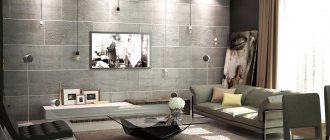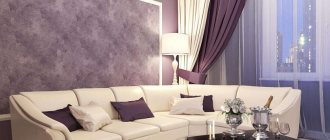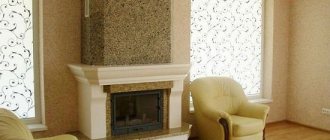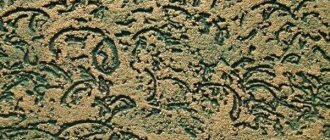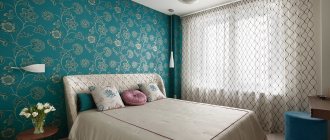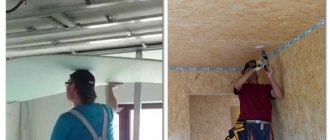Composition and properties
The classic material wet silk is made from silk fibers. The fabric is woven with a satin weave, which gives it a pearly shine. Afterwards, the fabric goes through soaking in a special solution and mechanical processing. As a result, it acquires velvety and flowing lightness, special softness. The material has excellent hygienic characteristics. It absorbs moisture well and allows air to pass through.
To reduce the cost of luxury fabric, they began to produce it from synthetic fibers. Thus, synthetic wet silk contains polyester. The fabrics also undergo special processing to achieve softness and velvety. Artificial fabric is more durable and elastic, it also drapes well. Clothing made from it retains its shape perfectly and does not stretch.
Synthetic wet silk is printable and can be printed with a variety of prints, logos and trademarks. It retains its brightness for a long time.
Synthetic wet silk
Both natural and synthetic fabrics lend themselves well to dyeing. The material is available in various colors, for example, purple, black, beige, white, silver, scarlet, green or peach.
Plaster application technique
The technique for applying wet silk decorative plaster is as follows:
- Preparation of the working surface.
- Apply base coat (need to dry).
- Applying a second layer (trowel or roller).
- Apply the next layer (after 6-8 hours) with chaotic strokes. Subsequent layers are applied according to a similar principle.
- Finishing processing.
Application technology may differ depending on the composition of the solution and the manufacturer’s recommendations.
Required Tools
Regardless of which application option is chosen, to work with decorative plaster, wet silk will be required:
- Spatulas with rounded edges. They do not leave marks during the application process.
- Roller.
- Venetian trowel. The size is selected individually and depends on the area of the surface to be treated and the desired pattern.
- Container for preparing the working composition. Deep dishes, wide bucket or basin.
- Mixing attachment and drill (relevant when working with large volumes).
Also, when working with the composition yourself, we recommend preparing gloves, covering material for furniture, textile fabrics, eye protection glasses and masking tape.
Preliminary preparation
The stage does not require special scrupulousness, since the coating smoothes out unevenness and eliminates small defects of the surface being treated. To obtain a reliable and effective silk coating, it is necessary to clean the surface from peeling parts, dust and dirt.
Primer
To work, you will need a wide roller or brush. The prepared walls or ceiling must be coated with a deep penetration compound selected taking into account the type of base.
Base coat
One of the most important steps that can be carried out using:
- large trowel and working staff;
- working composition and roller;
- paint and roller.
The base layer is the basis of the future coating, the main task is to nourish the surface.
Second layer
The application technology is similar to the first layer. It is important not to allow the layer to dry completely if relief formation is required. The solution can be applied:
- trowel and arc movements;
- short nap roller;
- with a trowel and jerky movements.
It is important to note that a roller with long pile absorbs the composition and will be very difficult to work with decorative plaster.
Painting and final stage
The final layer of composition should be very thin. The work is done slowly, the composition spreads well over the entire area of the surface to be painted.
painting areas. Paint is applied only after the solution has completely dried.
Flaws
Of course, natural wet silk looks great. But it also has its drawbacks. The material requires very careful care. When exposed to the sun for a long time, it fades and its structure is destroyed. The fabric wrinkles a lot.
Synthetic wet silk is durable, elastic, and drapes easily. It practically does not wrinkle. Clothes made from it are much easier to care for. The disadvantages of polyester fabric are low hygroscopicity (does not remove moisture from the body), poor breathability.
Types of fabric and applications
- The effect of wet fabric is given by thin Chinese silk, slightly wrinkled Japanese silk. High decorative characteristics allow the fabric to be used for sewing luxurious dresses, blouses, skirts, jackets, raincoats and jackets, as well as for covering luxury furniture.
- DuPont material has a subdued shine and provides an exclusive and rich look to wedding and evening dresses. It is also used to make stunning and expensive bed linen.
- Charmeuse is distinguished by its noble radiance and real luxury; it is used to make evening dresses, dresses for prom and wedding celebrations.
- Not only clothes, but also army banners are made from silk faille.
- Wet silk is held in high esteem by clergy; it makes rich, prominent church vestments.
In products, the fabric creates a unique flowing effect, it gives the silhouette lightness and grace. The material is especially good on slender figures. Those with curvy figures should use tight-fitting fabric with some caution and think more carefully about the cut of the products.
The excellent material has some significant drawbacks: firstly, it is expensive, secondly, colored fabrics fade in the bright sun, and thirdly, they need special care.
Care
Wet silk fabric requires careful care. Items made from natural materials are dry cleaned. Is it possible to wash them yourself - only if there is a washable icon on the tag. The following rules are followed:
- Hand wash only in lukewarm water (temperature no higher than 30°C);
- use only liquid products designed specifically for silk fabrics;
- things are soaked in soapy water for 5 minutes, then rinsed;
- any mechanical impact, including prohibited spinning;
- dry clothes away from direct sunlight and heaters;
- iron things from the wrong side through a dry iron. Iron mode – “Silk”;
- Steaming or spraying with water is prohibited. Due to moisture getting on the surface of the fabric, stains and stains form on it.
You can remove creases on fabric made from natural wet silk using high humidity. Clothes are left for two or three minutes in the bathroom with a hot shower running. Things are placed not above the steam source itself, but away from it.
Clothing and home textiles made from synthetic wet silk can be washed, as in the case of natural material, there are a number of restrictions:
- clothes are washed by hand in warm water;
- use delicate liquid detergents;
- things are not rubbed too much, they are wrung out gently;
- dry by hanging on a clothesline. Drying on a radiator or next to a heater is prohibited;
- You need to iron textiles from the inside out, setting the iron mode to “Synthetic”.
Store clothes hanging on hangers. Curtains and bed linen are carefully folded and placed in special covers.
Dear readers of the Tkan.Club website, if you still have questions on this topic, we will be happy to answer them. Leave your reviews, comments, share stories if you have dealt with this material! Your life experience may be useful to other readers.
What is silk plaster
Silk plaster has been used in interiors since the 90s of the twentieth century, and during this time it has managed to establish itself as a reliable, durable, practical decorative coating with high aesthetics, relevant for the implementation of various interior styles. Silk decorative plaster does not lose its attractiveness even in difficult operating conditions, it is repairable and easy to care for.
The decorative mixture is made on the basis of cellulose fibers with the addition of acrylic copolymer, which is a binding component. The peculiarity of the material is that it contains natural or synthetic silk fibers, which give the texture a unique effect of smoothness and noble shine. Additives and additives improve the characteristics of decorative plaster, these include moisture resistance, vapor permeability, elasticity, good adhesion, and antistatic properties.
Silk decorative plaster, photo of a pattern applied according to a template
Watch the video, which shows a simple way of how to apply silk plaster with your own hands; video instruction lessons will help you master the basics of decorative finishing.
Good to know: Silk plaster breathes and can stretch, so it is not afraid of the stress of load-bearing structures, which makes it possible to use the mixture in new buildings, as well as apply it to foam concrete and other cellular surfaces.
Silk plaster, the reviews of which are the most enthusiastic about its aesthetics, also has its practical disadvantages: it absorbs odors and has low wear resistance, it gets dirty. It is not recommended to apply it in public places and where odors are constantly present: household, tobacco, food. Should not be used in bathrooms, kitchens, cold loggias and balconies.
For DIYers who decided to do the finishing themselves, we offer instructions on how to make Silk Road decorative plaster, a video step by step that demonstrates the entire process in detail.
Peculiarities
In a wide product line you can find decorative silk plaster, which is applied to cement-sand and cement-lime bases, brick, concrete, plasterboard, chipboard, OSB, fiberboard and other complex surfaces. Special additives allow you to apply the mixture even to old coatings: water-dispersion, painted with oil and alkyd paints, and whitewash. Of course, preparation will be required, but the silk coating, even under these conditions, will lay smoothly, adhere well and retain its appearance for a long time.
An example of a design showing how decorative silk plaster is used in a bedroom
With some types of filler, plaster looks completely different from different angles. Also, for a decorative effect, pearlescent, colored inclusions and sparkles are often added to the mixture.
Initially, the plaster has a delicate silvery-white color. If necessary, pigments in a wide range of colors can be added to the base coat, which opens up wide possibilities for interior design.
Three-dimensional drawing made with silk plaster
Consumption
The consumption of plaster per 1 square meter depends on the composition of the mixture and on the tool with which it will be applied. On average, when applied with a roller or brush, you will need from 7 to 12 kg of solution per m2. When finishing with a trowel - 4-8 kg.
